Effectiveness of reforms analyzed and additional tasks identified
On June 16, President Shavkat Mirziyoyev chaired a meeting to analyze the effectiveness of ongoing reforms, the situation on the ground, and issues of public concern.
At the beginning of the meeting, socio-economic indicators for the first five months of the current year were presented. It was noted that during this period, industrial output grew by 6.4 percent, exports increased by 18 percent, and the inflow of foreign investment rose by 46 percent. More than 2,500 new production facilities, worth 3 billion USD, were put into operation. Employment was provided for 2.4 million people.
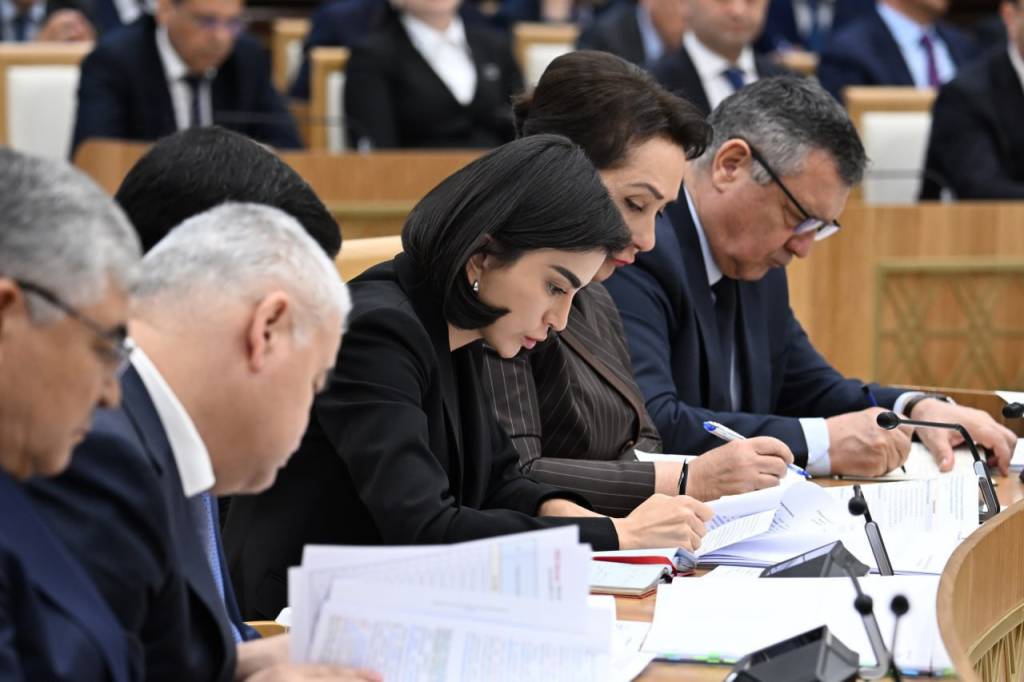
At the same time, it was emphasized that global conflicts are intensifying, trade relations and logistics are becoming more complicated, and there is a growing demand for peace, justice, and respect for human dignity.
In this regard, it was emphasized that regional governors and ministers must accurately assess current opportunities, take initiative, strengthen dialogue with the public and entrepreneurs, and promptly address emerging issues.
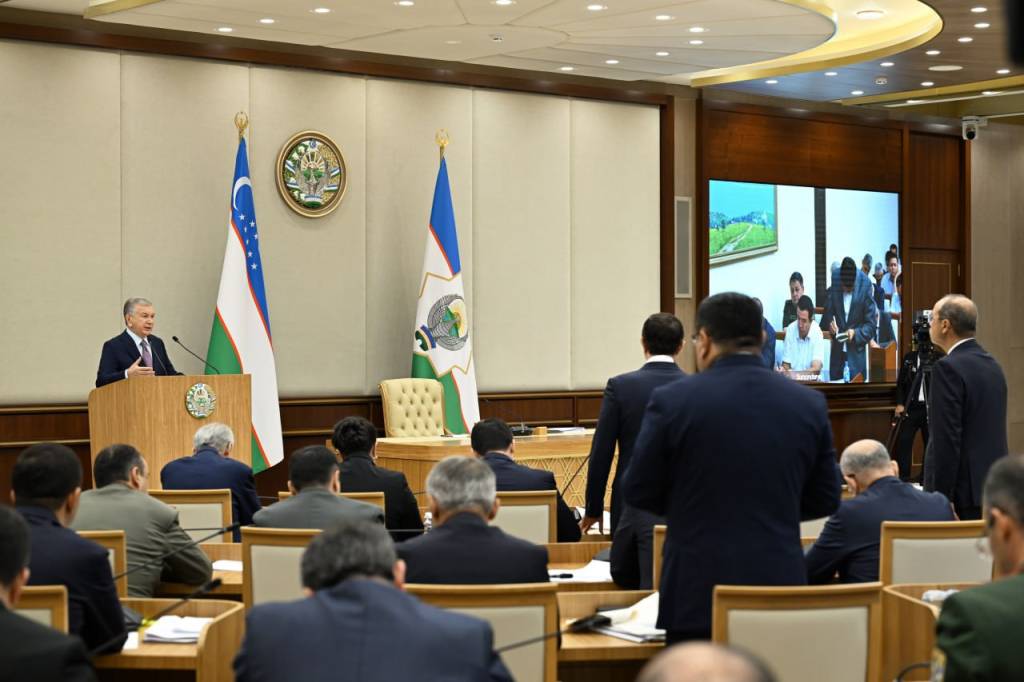
The meeting included an analysis of problems by region and sector, highlighting systemic shortcomings.
For instance, each district hosts more than 40 organizations, each employing an average of 500 staff. However, even to resolve minor issues, regional authorities must request approvals, which in turn must seek permission from republican-level bodies. At the same time, structures vested with authority and financial resources often see themselves solely as supervisory bodies and fail to engage in efforts to ease the lives of the population.
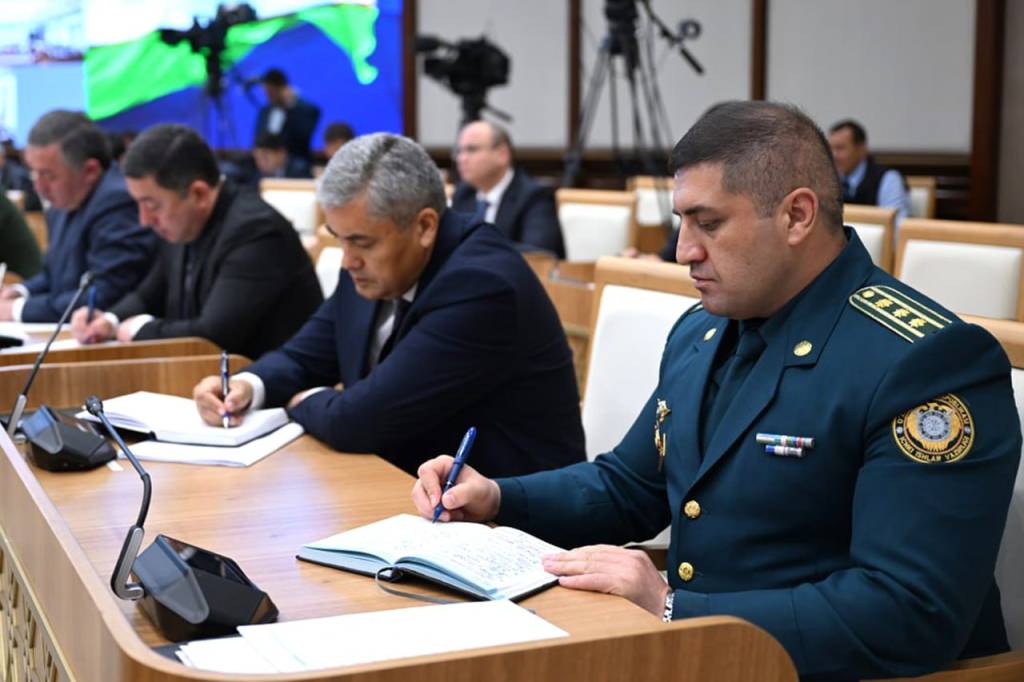
Delays in implementing reforms are also linked to the fact that some ministers and responsible officials in the government do not pay sufficient attention to discipline. There have been increased complaints about failing to enforce court decisions within the prescribed timeframes.

As part of this year’s program, plans have been made to attract an additional $26.5 billion in investments and to launch 35 major projects worth $3.3 billion by September 1.
At the recently held Tashkent International Investment Forum, trade and investment agreements totaling more than $30.5 billion were signed. The implementation of these agreements requires a systematic approach.

In this regard, it was decided to introduce a new mechanism to strengthen executive discipline and improve the handling of citizens’ appeals.
From now on, the Accounts Chamber will be responsible for ensuring compliance with execution discipline, with its powers being expanded. The chamber will analyze the targeted use of funds and evaluate their effectiveness and the level of public satisfaction. Based on this analysis, the chamber will submit proposals to the President. The Control Inspection of the Presidential Administration will be abolished.
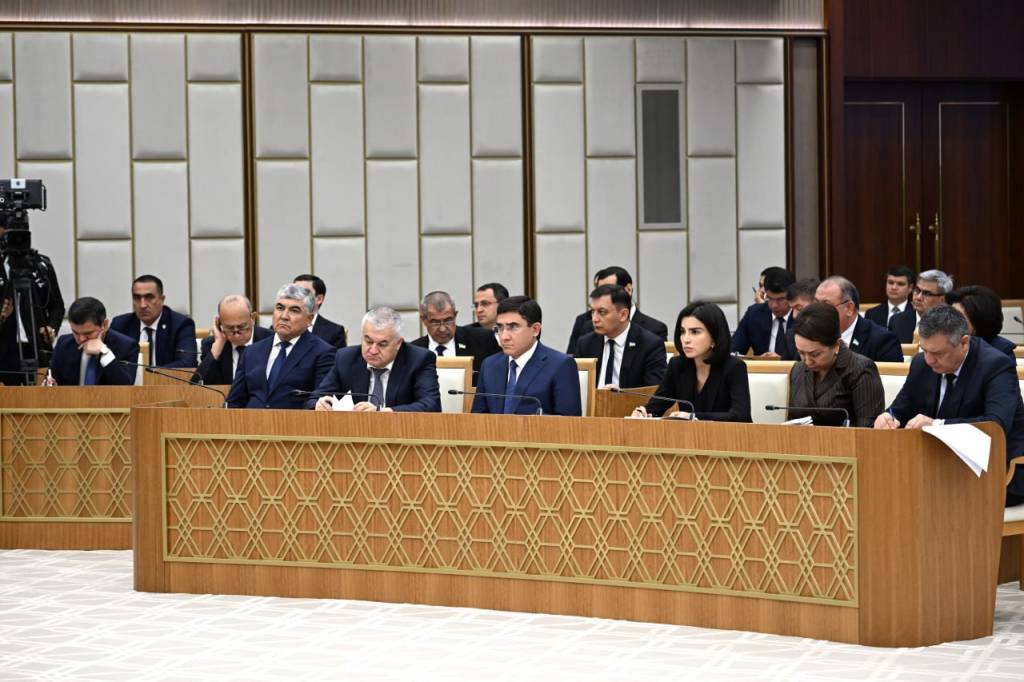
An electronic portal called “Khalq Nazorati” (Public Oversight), which has been successfully piloted in Tashkent, will be introduced throughout the country. This portal will serve as a unified system for processing citizens’ appeals, integrating all ministries, agencies, and hokimiyats.
Recently, People’s Reception Offices have increasingly limited themselves to merely redirecting appeals to other bodies, instead of resolving the issues substantively. Problems left unaddressed locally are finding their way onto social media.
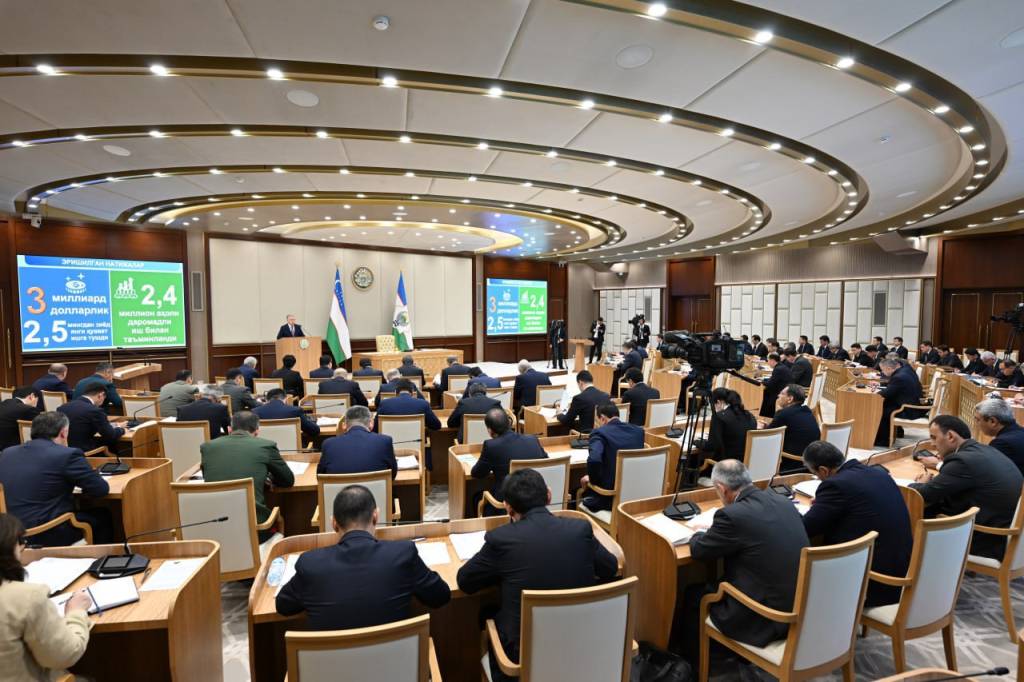
The President emphasized that the primary duty of leaders is to listen to the concerns of the people and create the conditions for a decent life:
“We must never forget that behind every appeal stands a human life, a person’s pain and hope. We must live with the people’s pain”, Shavkat Mirziyoyev said.
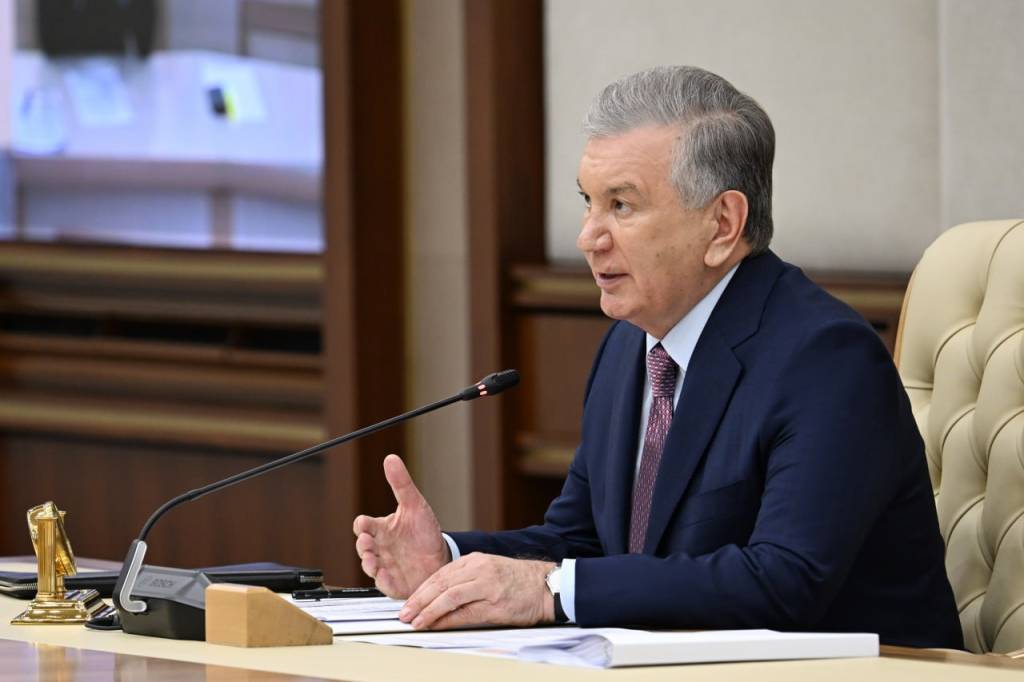
Therefore, it was instructed to staff the People’s Reception Offices with dedicated and competent specialists. From now on, regional and district hokims will personally oversee their operations. Each working day will begin with the reception of citizens’ appeals. No issue should be postponed “for later” – it must be resolved immediately, without redirection. To this end, the powers of district hokims are being expanded.
Currently, hokims lack the authority to manage district-level organizations’ staffing, reward effective leaders, or dismiss ineffective ones. Hokims and their deputies spend excessive amounts of time holding meetings.
Staffing structures at the local level often do not align with the regions’ socio-economic development objectives. Sectoral agencies continue to operate according to outdated, long-term plans and show little initiative, limiting themselves to executing current assignments.
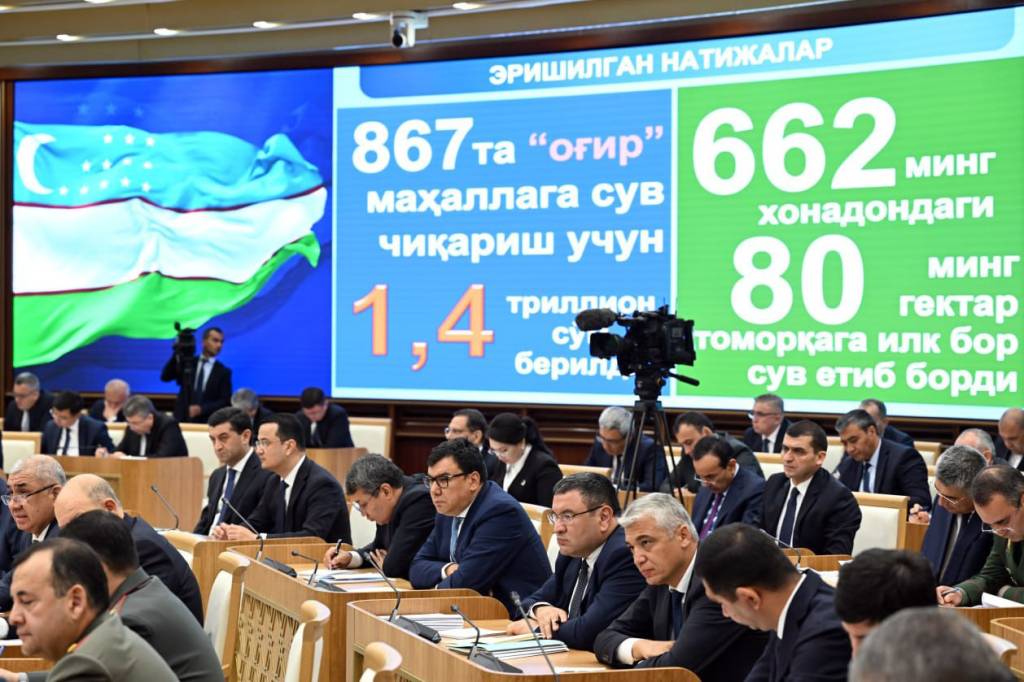
“If work at the district level is ineffective, no matter what directives come from above, the goals will remain unattainable”, the President emphasized.
The Head of State proposed essential initiatives to reform the system of governance at the district level.
Starting this year, a new management model will be introduced in Surkhandarya region and 16 other rapidly developing districts and cities: Bektemir, Kungrad, Chimbay, Asaka, Gijduvan, Gallaorol, Yakkabog, Khatirchi, Chartak, Bulungur, Syrdarya, Quva, Shavat, Khazorasp, Margilan, and Yangiyul.
In these districts and cities, the local branches of nine state agencies, covering the areas of economy and finance, investment, agriculture, employment, construction, ecology, culture, family and women’s affairs, and youth affairs, will be integrated into the structure of the hokimiyat. Staffing decisions, including hiring and dismissal, as well as allocation of positions, will fall under the authority of the hokim. Additionally, sources of local funding will be expanded.
The hokim will now have four deputies, and he will independently determine the areas of responsibility for each deputy based on the district’s specific needs. Each deputy will be assigned clear tasks, and the necessary funding will be provided to ensure their implementation.
If the hokim and his team fully meet the established performance indicators, the district’s funding for the following year will be increased by 10-15 percent. If not, the budget will not be increased, and the hokim will be dismissed from office.
A “Reform Headquarters” will be established in each district, composed of specialists and leading entrepreneurs. A three-year program will be developed based on detailed analysis at the mahalla level, covering projects, infrastructure, funding sources, and staffing. The district’s budget, infrastructure, investment programs, and employment plans for the following year will be approved based on this program.
This experience will be expanded nationwide starting next year, depending on the results achieved.
Another significant development is that, beginning August 1, salaries will be increased in all regional and district hokimiyats, and performance-based bonuses and allowances will be introduced to create a more productive and attractive working environment.
At the same time, measures will be taken against those who fail to fulfill their assigned duties. This is intended to instill discipline and a structured, results-oriented approach among all personnel.
The meeting also placed special emphasis on issues related to employment, poverty reduction, increasing investment and exports, and improving the business climate in the regions.
The need to strengthen tax administration, support entrepreneurship, and create new jobs was emphasized.
Opportunities for supplying water to mahallas, cultivating fruits and vegetables, and expanding exports through modern agricultural technologies were analyzed. The importance of developing animal husbandry based on the effective use of forest and pasture lands, increasing meat and dairy production, and containing food price inflation was highlighted.
The significance of developing public transport in cities, ensuring road safety, and reducing traffic congestion and accidents was also underscored. It was tasked to expand recreational areas, green spaces, and children’s playgrounds to improve the quality of life for the population.
In conclusion, the Prime Minister, members of the government, and hokims reported on the measures being implemented in response to the issues discussed.
UzA
 Ўзбекча
Ўзбекча English
English Русский
Русский




